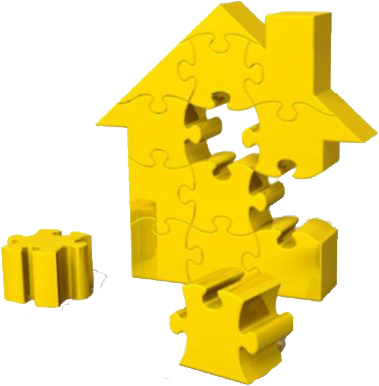An energy performance certificate is a test conducted to gauge the energy efficiency of your building and identify potential areas for improvement. Provided with a rating from A to G and a Recommendations Report, you will be able to assess and improve upon your property.
An accredited energy assessor will take a deep dive into how effective your property’s insulation, heating system and ventilation are, as well as consider the floor space and construction material used. While lighting may not be the first thing that comes to your mind when thinking about saving energy, it can have a dramatic effect. The lighting options you choose for your property contribute substantially to its energy consumption and consequently impact your EPC results.
To have a better understanding of the impact of your lighting choices on your building’s energy performance certificate, continue reading. We have listed valuable information about the energy efficiency of each lighting option and ways to improve EPC ratings.
Let’s get started!
The Role of Lighting in Domestic EPCs
The process of including lighting information in Domestic Energy Performance Certificates (EPCs) is pretty simple. All lights in your building are counted, and the total number of energy-efficient lights is recorded.
Transitioning from old, inefficient lighting to new, energy-efficient alternatives throughout the average domestic building typically results in a modest improvement of 1 or 2 points. While this might seem negligible, it’s important.
For example, it could mean the difference between a C and a D rating. Despite the seemingly small gain, the cost savings per bulb lead to a quick payback period, making the switch worthwhile as one of the effective ways to improve your EPC rating. Yet, if the goal is to substantially increase EPC rating, additional measures beyond lighting upgrades will be necessary.
Understanding the Energy Efficiency of Different Lighting Options
1. Incandescent Lighting
Incandescent lights are the oldest and most commonly used lighting in commercial buildings. These standard lights use a huge amount of energy in comparison to their other counterparts. This is because the energy they consume is used much more in heating than lighting.
Understandably if your building has incandescent lights, it will use up more energy and as a result, your epc ratings will decrease. Due to their inefficiency, they are being phased out in the UK and cannot be bought. On the other hand, the transition to more energy-efficient lighting is being encouraged, which is also one of the key ways to improve your EPC ratings.
2. Halogen Spotlights
Though slightly more efficient than incandescent lights, halogen spotlights are known for their high energy consumption and heat output. They are major contributors to carbon emissions and increase energy bills. The use of halogen lights makes your property less energy efficient, leading to lower energy ratings on your EPC.
3. LED Lighting
LEDs are the most modern and eco-friendly lighting option for commercial properties. These energy-efficient lights significantly reduce the energy consumption of your property and thereby enhance your epc rating.
LED lights only use a fraction of the electricity compared to traditional incandescent bulbs. Additionally, they also boast an impressive lifespan, contributing to long-term sustainability. Their cool temperature output is another advantage, as it minimises unnecessary heat generation. This aligns with the EPC criteria, promoting a more energy-efficient and environmentally friendly home for your tenants.
Lighting Improvements You Can Make to Enhance Your EPC Ratings
1. Maximise the Use of Natural Light
To maximise natural light and enhance your Energy Performance Certificate (EPC) rating, strategic construction decisions are key. During the building process, prioritise the placement of windows to allow ample natural light penetration. Proper placement will not only illuminate the spaces effectively but also reduce the reliance on artificial lighting during daylight hours. The lessened usage of artificial lights will significantly improve your EPC ratings.
2. Invest in Smart Lighting Options
Smart lights are another energy-saving lighting option. Smart lighting systems give you precise control over when and where lights are used, lowering energy consumption. This is another effective way to improve your EPC rating. Features such as motion sensors and programmable schedules ensure lights are only active when needed, reducing unnecessary energy wastage.
3. Switch to LED Lights
As mentioned earlier, LED lights are highly efficient, making them a popular option in modern buildings. Upgrading to LED lights is a brilliant move to boost your Energy Performance Certificate (EPC) rating. In addition to their efficiency, these lights also have an extended lifespan, which makes them even more sustainable.
Enhance Your Property’s EPC Ratings with Gio Property Solutions
We hope you now have a better understanding of how your lighting choices affect the EPC rating of your property. Even though lighting may not sound like a big deal, every small change you make counts when it comes to energy efficiency and your EPC rating.
If you are looking for a reliable Energy Performance Certificate provider, Gio Property Solutions has you covered!
We boast a team of highly qualified assessors, who can offer you a hassle-free certification process. In addition to this, we are equipped with high-quality tools and innovative technology, ensuring you receive accurate results.
We also provide retrofit assessment services that evaluate your property’s efficiency, safety, and sustainability.To learn more, visit our Energy Performance Certificate page or contact us to book an appointment today!


